How AI-Powered Automation Enhances Customer Service Efficiency
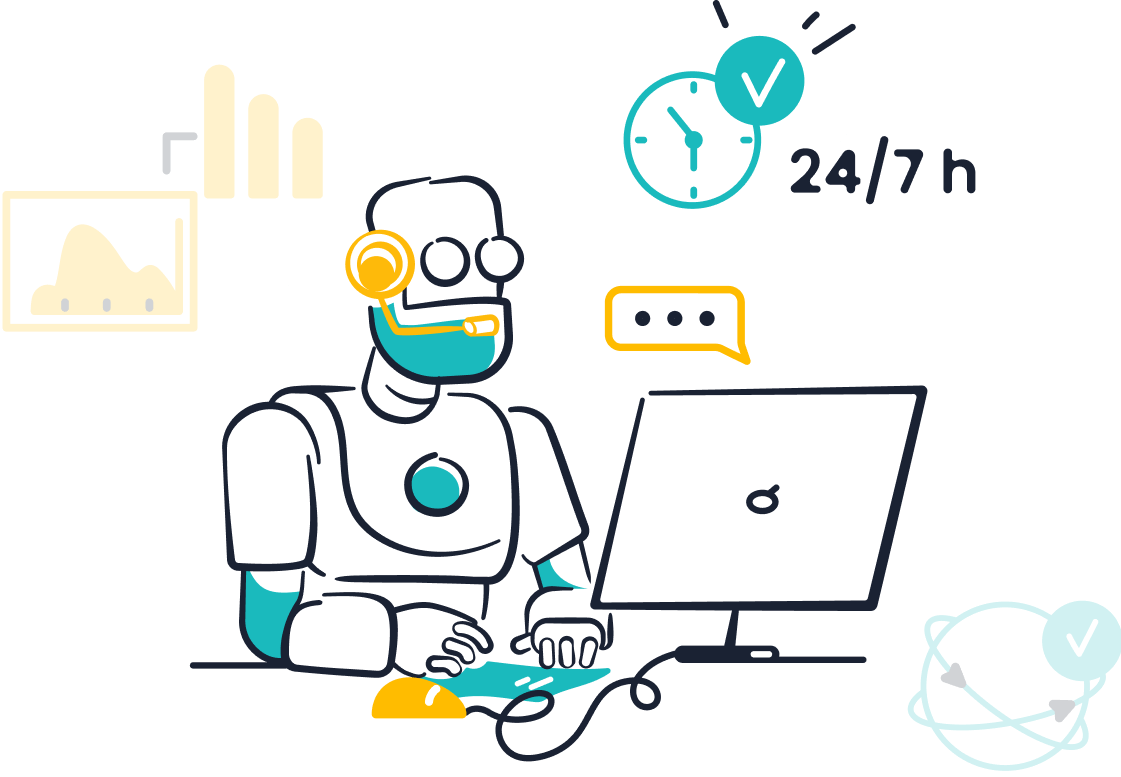
AI-powered automation in customer service is revolutionizing the way businesses engage with their customers. Tools like Sobot’s AI Chatbot exemplify this transformation, enabling companies to streamline operations by handling repetitive queries and cutting agent costs by up to 50%. The impact of AI-powered automation in customer service is evident in the numbers: businesses leveraging AI report a 37% reduction in first response times and resolve tickets 52% faster. With 80% of companies expected to adopt AI chatbots by 2025, solutions like Sobot ensure faster, more efficient, and cost-effective customer service. By embracing AI, businesses can significantly enhance customer satisfaction while optimizing operational expenses.
Understanding AI-Powered Automation in Customer Service
What Is AI-Powered Automation?
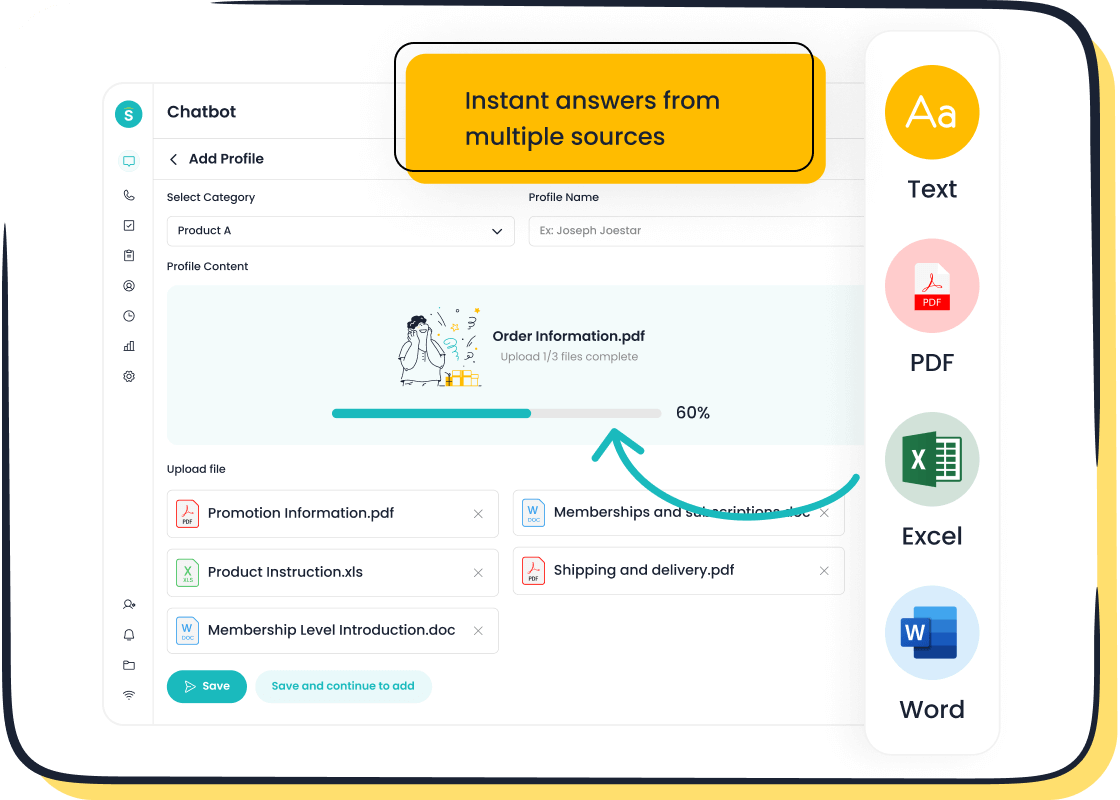
AI-powered automation in customer service refers to the use of artificial intelligence to streamline and enhance customer interactions. It involves deploying tools like chatbots, predictive analytics, and self-service platforms to handle repetitive tasks, answer queries, and provide personalized support. These technologies work 24/7, ensuring customers receive assistance without delays. For example, Sobot’s AI Chatbot autonomously resolves common inquiries, improving productivity by 70% and reducing costs by up to 50%.
| Statistic | Description |
|---|---|
| 80% | Companies using AI to improve customer experience (Gartner, 2023) |
| 73% | Shoppers believing AI could enhance their customer experience |
| 4%-8% | Revenue growth for companies providing excellent customer experience compared to their markets |
By automating routine tasks, AI-powered automation in customer service allows human agents to focus on complex issues, improving overall efficiency and customer satisfaction.
Key Technologies Driving AI in Customer Service
Several advanced technologies power AI in customer service, transforming how businesses interact with their customers:
- Machine Learning (ML): ML algorithms analyze large datasets to predict customer needs and behaviors. This helps businesses offer proactive solutions.
- Natural Language Processing (NLP): NLP enables AI to understand and respond to customer queries in a human-like manner, reducing frustration.
- Predictive Analytics: This technology anticipates customer needs, allowing businesses to address issues before they arise.
- Generative AI: Tools like ChatGPT enhance conversational capabilities, making interactions more engaging and personalized.
- Omnichannel Integration: AI connects various communication channels, ensuring seamless customer experiences across platforms.

By 2025, 80% of companies plan to adopt AI-powered chatbots, highlighting the growing reliance on these technologies to improve customer service.
Why AI Is Essential for Modern Customer Service
AI in customer service is no longer optional; it is essential for businesses aiming to stay competitive. AI processes vast amounts of data in real-time, generating actionable insights about customer behavior. This enables companies to deliver personalized experiences and resolve issues faster. For instance, businesses using AI report a 37% reduction in first response times and resolve tickets 52% faster.
- AI chatbots provide round-the-clock support, ensuring global customers receive assistance anytime.
- Automation reduces manual workloads, allowing agents to focus on complex tasks.
- AI analytics improve agent performance and service delivery.
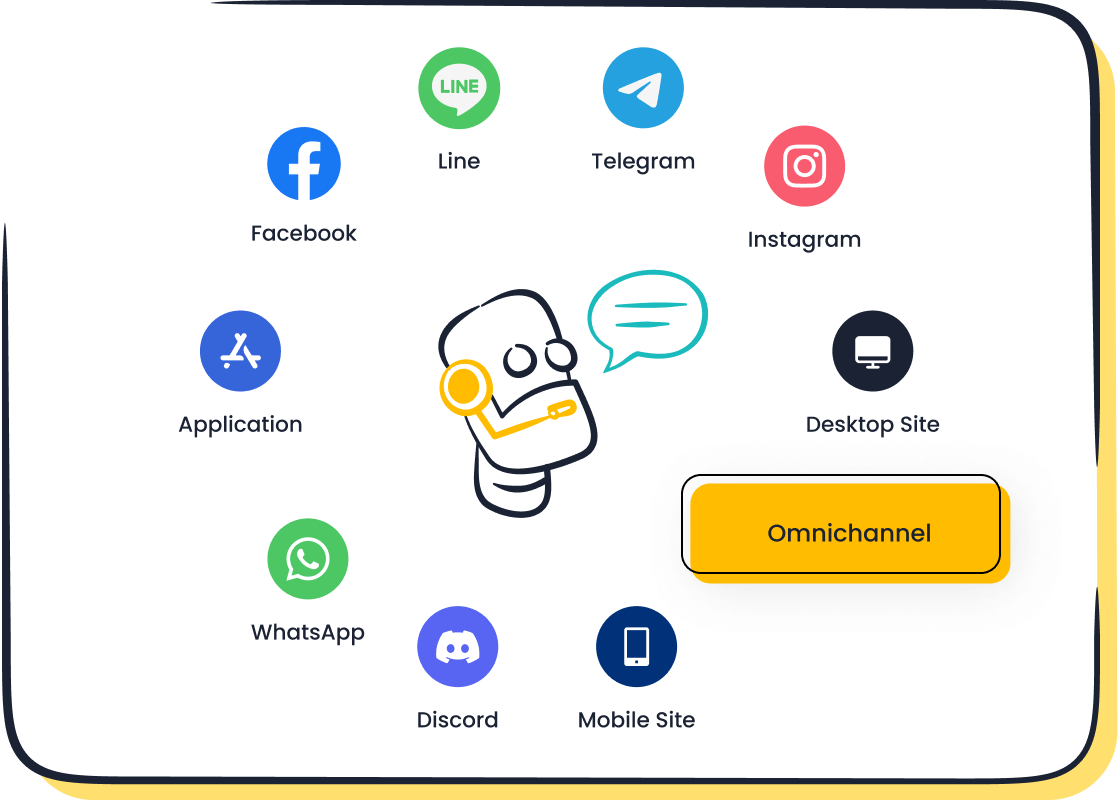
Sobot’s AI solutions exemplify these benefits. Its chatbot integrates seamlessly with platforms like WhatsApp, offering multilingual support and proactive messaging. By adopting AI-powered automation in customer service, you can enhance efficiency, reduce costs, and build stronger customer relationships.
Key Benefits of AI-Powered Automation in Customer Service
Boosting Efficiency and Reducing Costs
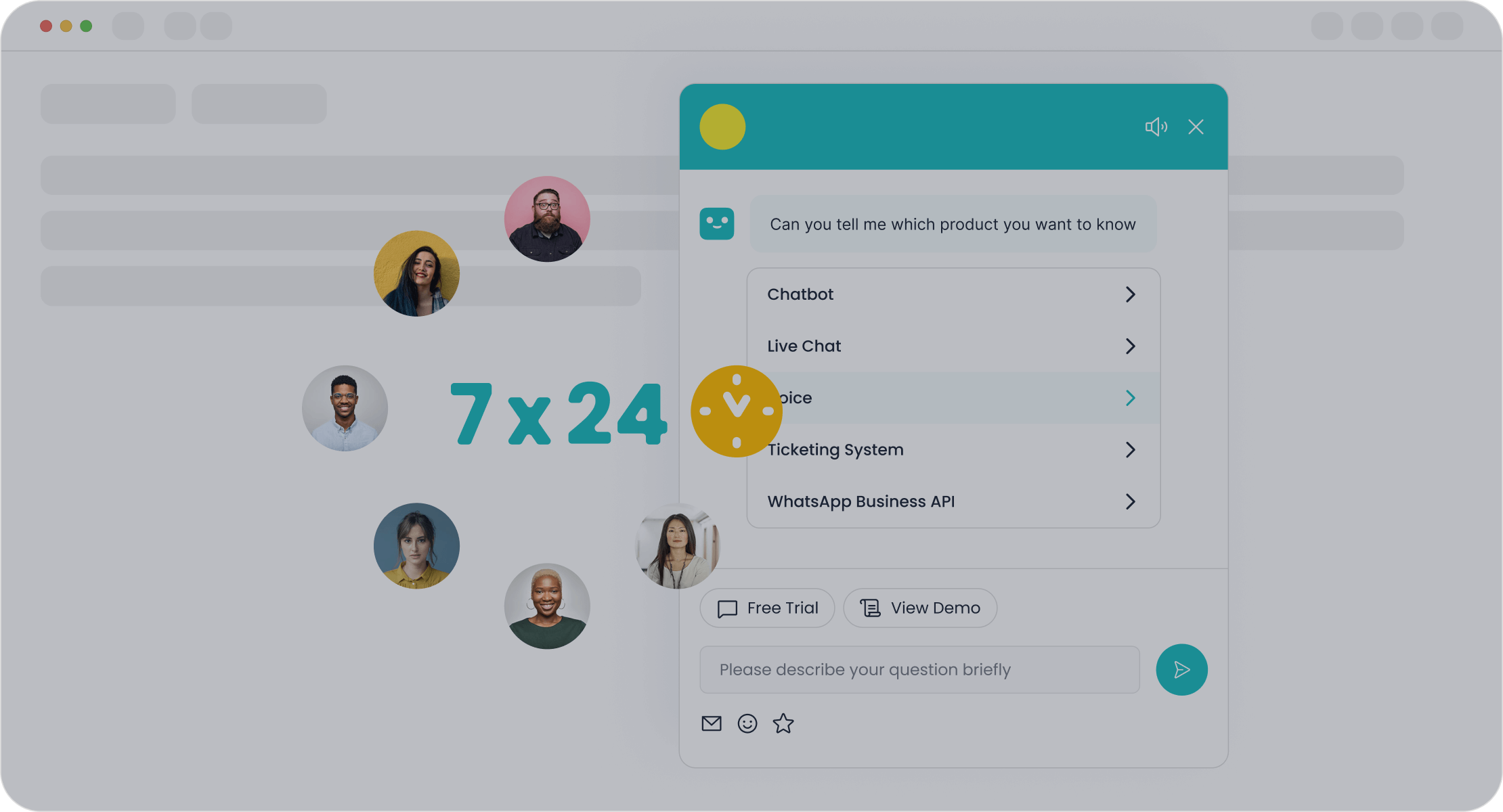
AI customer service solutions significantly enhance efficiency while reducing operational costs. By automating repetitive tasks, such as answering FAQs or triaging queries, businesses can save time and resources. For instance, Sobot’s AI Chatbot operates 24/7, autonomously resolving common inquiries and improving efficiency by 70%. This allows human agents to focus on complex issues, boosting productivity and ensuring consistent service quality.
The financial benefits of AI automation are equally compelling. According to McKinsey, companies using AI in customer service report a 35% reduction in operational costs. Additionally, Gartner predicts that AI will reduce agent labor costs by $80 billion by 2026. These savings make AI an essential tool for businesses aiming to optimize their customer service operations.
| Statistic Description | Value | Source |
|---|---|---|
| Drop in first response times | 37% | Gorgias |
| Reduction in average response time | 70 minutes | Sprinklr |
| Cost savings from AI deployment | $1.3 million | Zendesk |
| Reduction in customer service costs | 30% | KPMG |
Delivering Personalized and Consistent Interactions
AI-powered automation excels at delivering personalized customer experiences. By analyzing customer data, AI tools can tailor interactions to individual preferences. For example, Sobot’s AI Chatbot uses machine learning to predict customer needs and provide relevant solutions in real time. This level of personalization not only enhances customer satisfaction but also fosters loyalty.
A study by NNG found that 88% of executives believe automated systems improve user loyalty. Furthermore, 96% of respondents agree that generative AI enhances customer interactions. These technologies ensure that every customer receives consistent service quality, regardless of the channel or time of interaction.

Ensuring 24/7 Availability and Scalability
AI customer service solutions operate around the clock, ensuring customers receive assistance whenever they need it. Tools like Sobot’s AI Chatbot provide 24/7 support, handling inquiries even during peak hours or outside business times. This scalability ensures businesses can manage high volumes of queries without compromising service quality.
Generative AI further enhances scalability by managing spikes in call volumes. According to Intercom, AI-enabled teams save 45% more time, allowing them to handle more inquiries efficiently. By adopting AI, you can ensure uninterrupted service and maintain high levels of customer satisfaction.
Enhancing Customer Satisfaction Through Proactive Support
Proactive support plays a vital role in delivering higher customer satisfaction. Instead of waiting for customers to reach out with issues, AI-powered tools anticipate problems and provide solutions before they escalate. This approach not only resolves issues faster but also builds trust and loyalty among your customers.

AI tools like Sobot’s AI Chatbot excel at proactive support. By analyzing customer behavior and historical data, the chatbot predicts potential concerns and offers tailored solutions in real time. For instance, if a customer frequently asks about product delivery times, the chatbot can proactively share updates or suggest faster shipping options. This personalized assistance ensures customers feel valued and understood.
The impact of proactive support is evident in the numbers. Businesses using AI report significant improvements in service efficiency and quality:
| Statistic Description | Value |
|---|---|
| Ticket resolution speed improvement | 52% faster |
| Time saved on calls | 45% |
| Customer issue resolution speed | 44% faster |
| Increase in support quality and consistency | 35% |
| Improvement in first-call resolution rates | 20% |

Proactive support also enhances scalability. AI tools handle high volumes of inquiries without compromising service quality. Sobot’s AI Chatbot operates 24/7, ensuring customers receive instant solutions, even during peak hours. This capability allows your team to focus on complex tasks while maintaining consistent service standards.
By adopting proactive AI solutions, you can transform your customer service operations. Anticipating customer needs and addressing them promptly leads to faster resolutions, improved experiences, and ultimately, higher customer satisfaction.
Practical Applications of AI in Customer Service

AI Chatbots: The Core of Automation
AI chatbots have become the backbone of modern customer service. These tools handle repetitive queries, provide instant responses, and reduce the workload on human agents. For example, DNB bank adopted a "chat-first" strategy, automating 20% of its customer service traffic. This approach ensured faster response times and improved call center efficiency.
The effectiveness of AI chatbots can be measured through key performance metrics:
| Metric Type | Description | Importance |
|---|---|---|
| Intent Recognition Accuracy | Measures how often the chatbot correctly identifies user needs. | High accuracy indicates effective understanding of user queries. |
| First-Contact Resolution (FCR) | Percentage of inquiries resolved in the first interaction. | High FCR rates enhance user satisfaction and reduce operational costs. |
| User Satisfaction Score (CSAT) | Direct feedback from users post-interaction. | High scores correlate with perceived effectiveness and user experience. |
| Resolution Rate | Overall percentage of inquiries successfully handled by the AI. | High resolution rates are critical for operational efficiency and user satisfaction. |
Research shows that leading AI systems achieve intent recognition rates exceeding 90% in controlled environments. Businesses implementing AI-driven chatbots often see 30-40% cost savings per interaction compared to traditional methods. These tools not only improve efficiency but also enhance customer satisfaction by delivering consistent and accurate support.
Predictive Analytics for Anticipating Customer Needs
Predictive analytics empowers businesses to anticipate customer needs before they arise. By analyzing historical data, AI identifies patterns and trends that help you prepare for future demands. For instance:
- Forecasting seasonal buying patterns increases sales and improves customer satisfaction.
- Personalized marketing campaigns generate 40% more revenue, as shown in a HubSpot study.
- Identifying at-risk customers boosts retention rates, which is 60-70% more likely than acquiring new ones.
A McKinsey study found that companies investing in AI see up to a 15% revenue uplift and a 20% increase in sales ROI.
When combined with AI, predictive analytics becomes even more powerful. It processes vast amounts of data to uncover insights that human analysts might miss. This capability allows you to deliver proactive solutions, ensuring a seamless customer experience.
Self-Service Tools for Empowering Customers
AI-powered self-service tools give customers the ability to resolve issues independently. These tools, such as knowledge bases and virtual assistants, reduce repeat calls and improve convenience. For example, Dashly’s AI bots handle up to 40% of user queries autonomously, allowing agents to focus on complex problems.
Customers increasingly prefer self-service options. A survey revealed that 56% of individuals favor finding answers on their own. This shift has led to measurable improvements:
- Resolution times have decreased by 52%.
- Customer satisfaction scores have risen by 1%.
- Repeat purchases have increased by 36%.
Klarna’s success highlights the impact of self-service tools. The company resolved two-thirds of its customer service chats using AI, demonstrating how automation enhances efficiency and empowers users. By adopting these tools, you can provide faster, more convenient support while reducing operational costs.
Sentiment Analysis for Real-Time Feedback
Sentiment analysis is a powerful tool that helps you understand customer emotions in real time. It uses AI-powered automation to analyze text, voice, or chat data, identifying whether a customer feels happy, frustrated, or neutral. This insight allows you to respond quickly and effectively, improving your customer service outcomes.
By analyzing customer feedback in real time, you can identify key issues and sentiment drivers. For example:
- Sentiment analysis highlights recurring complaints, helping you address them before they escalate.
- It detects negative emotions, enabling you to resolve problems proactively.
- Positive feedback reveals what customers love, guiding you to enhance those areas further.
This approach builds trust and loyalty. When customers see their concerns addressed promptly, they feel valued. Businesses using sentiment analysis often report higher satisfaction rates and stronger relationships with their customers.
AI-powered tools like Sobot’s solutions make sentiment analysis seamless. Sobot’s AI Chatbot, for instance, detects customer sentiment during interactions. If a customer expresses frustration, the chatbot can escalate the issue to a human agent immediately. This ensures that no problem goes unnoticed. Additionally, the chatbot personalizes responses based on detected emotions, creating a more empathetic and engaging experience.
Real-time feedback also helps your team improve. By understanding customer emotions, agents can tailor their communication style. This personalization enhances customer relationships and fosters loyalty. According to industry studies, businesses that use sentiment analysis see significant improvements in first-call resolution rates and overall service quality.
Incorporating sentiment analysis into your customer service strategy ensures you stay ahead. It empowers you to deliver proactive, personalized, and efficient support, making your customers feel heard and appreciated.
Real-World Success Stories of AI in Customer Service

How Sobot Helped OPPO Achieve 83% Chatbot Resolution Rates
OPPO, a global leader in smart devices, faced challenges during peak shopping periods. High inquiry volumes overwhelmed their customer service team, leading to delays and dissatisfaction. By implementing Sobot’s AI Chatbot, OPPO transformed its operations. The chatbot handled repetitive queries, allowing human agents to focus on complex issues. This collaboration improved efficiency and reduced response times.
Sobot also optimized OPPO’s knowledge base. AI automated the input of Q&A pairs, cutting maintenance efforts by 90%. The results were remarkable. OPPO achieved an 83% chatbot resolution rate and a 94% positive feedback score. Additionally, the repurchase rate increased by 57%, showcasing the impact of AI on customer satisfaction and loyalty.
Industry-Specific Use Cases of AI in Customer Service
AI has revolutionized customer service across industries. In retail, AI-powered chatbots streamline the buying process, reducing service costs by 30%. Healthcare professionals use AI for data entry and scheduling, improving efficiency. Financial services benefit from predictive analytics, which anticipates customer needs and enhances support quality.
For example, Motel Rocks deflected 43% of tickets using AI agents, cutting ticket volume by 50%. Camping World saw a 40% increase in customer engagement and a 33-second drop in wait times. These examples highlight AI’s ability to improve resolution rates, reduce costs, and enhance customer experiences.
Lessons Learned from Successful Implementations
Successful AI adoption requires clear strategies and leadership alignment. Companies using AI report a 37% drop in first response times and resolve tickets 52% faster. For every $1 invested in AI, businesses see a $3.5 return. These results emphasize the importance of integrating AI into customer service.
| Statistic | Insight |
|---|---|
| 35% | Cost reduction in customer service operations |
| 32% | Revenue increase due to AI adoption |
| 80% | Positive experiences reported by customers |
AI also ensures scalability and 24/7 availability, making it essential for modern businesses. By learning from these successes, you can implement AI effectively and achieve similar results.

Steps to Implement AI-Powered Automation in Your Business
Assessing Your Customer Service Needs
Before implementing AI-powered automation, you must evaluate your current customer service processes. Start by identifying repetitive tasks that consume significant time, such as answering FAQs or routing inquiries. Analyze your existing infrastructure to pinpoint strengths and weaknesses. For example, if your team struggles with managing peak-season inquiries, automation can help scale operations without compromising service quality.
Use data-driven insights to understand customer behavior and preferences. AI tools like Sobot’s solutions analyze interaction history and feedback to generate actionable insights. This helps you refine strategies and identify areas where automation can deliver the most value. Additionally, assess your scalability requirements. AI-powered self-service tools, such as chatbots, handle increased inquiries effortlessly, ensuring consistent service during high-demand periods.
| Evidence Type | Description |
|---|---|
| Data-Driven Insights | AI tools analyze customer behavior and feedback to refine strategies. |
| Scalability | AI solutions manage increased inquiries without compromising service quality. |
| Assessment of Current Capabilities | Evaluate existing processes to identify strengths and weaknesses. |
Choosing the Right AI Tools Like Sobot Chatbot
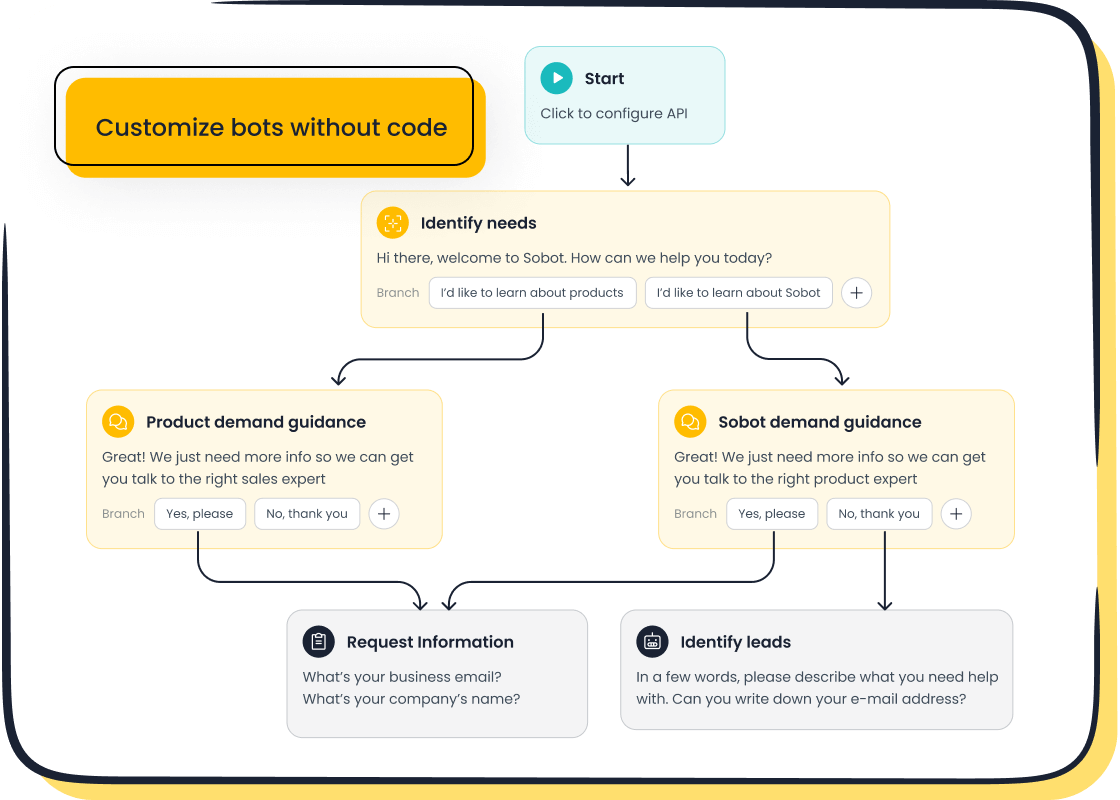
Selecting the right AI tools is crucial for successful implementation. Consider tools that align with your business goals and customer service needs. For instance, Sobot’s AI Chatbot offers multilingual support, 24/7 availability, and seamless omnichannel integration. These features ensure personalized and consistent interactions across platforms.
Evaluate potential tools using key metrics like customer satisfaction scores, response times, and return on investment (ROI). Chatbots achieving a CSAT score above 4.2 often deliver meaningful business value. Additionally, industry benchmarks suggest chatbot response times should remain under one second for optimal user experience. Sobot’s chatbot excels in these areas, making it a reliable choice for businesses aiming to enhance efficiency and reduce costs.
| Metric | Description |
|---|---|
| Customer Satisfaction Score | Measures user satisfaction through surveys post-interaction. |
| Response Time | Tracks the speed of the chatbot's replies to user inputs. |
| Return on Investment (ROI) | Evaluates both direct savings and indirect benefits from using the chatbot. |
Training Teams and Integrating AI Solutions
Proper training and integration are essential for maximizing the benefits of AI-powered automation. Begin by educating your team on how to use AI tools effectively. Regularly clean and update your data to ensure accuracy. Train employees on ethical AI practices and data management to maintain compliance with regulations.
Integration should focus on seamless connectivity between AI tools and existing systems. For example, Sobot’s chatbot integrates with platforms like WhatsApp, enabling smooth communication across channels. Set up regular check-ins to review performance metrics and gather feedback from users. Adjust your systems based on this feedback to continuously improve efficiency and customer satisfaction.
- Regularly clean and update your data.
- Train employees on ethical AI practices.
- Gather feedback from users to identify issues.
- Adjust systems based on performance metrics and feedback.
By following these steps, you can ensure a smooth transition to AI-powered automation, empowering your team and enhancing customer experiences.
Measuring Success and Continuously Improving
Measuring the success of AI-powered customer service ensures you achieve your goals and identify areas for improvement. By tracking key performance indicators (KPIs), you can evaluate the effectiveness of your AI tools and refine your strategies for faster issue resolution and better customer experiences.
Key Metrics to Track
Monitoring specific KPIs provides valuable insights into your AI implementation. These metrics help you assess performance and make data-driven decisions:
| KPI | Description |
|---|---|
| Process Times | Measures the time taken to complete operations before and after AI integration. |
| Error Rates | Tracks human errors in processes to highlight improvements in accuracy post-AI implementation. |
| Automation Levels | Quantifies the percentage of tasks automated by AI, indicating workload reduction for employees. |
| Response Times | Indicates how quickly customer inquiries are addressed, impacting customer satisfaction. |
| Service Quality | Assessed through customer surveys to evaluate AI tools' effectiveness in meeting needs. |
| Customer Retention Rates | Reflects the impact of service quality on customer loyalty and retention. |
| New Leads Generated | Measures the effectiveness of AI in identifying and nurturing potential leads. |
| Upsell Rates | Monitors the increase in upsell opportunities due to AI's predictive capabilities. |
| Contribution to Sales | Evaluates the percentage of sales directly attributable to AI initiatives. |
Tracking these KPIs ensures you understand how AI impacts your customer service operations and helps you identify opportunities for improvement.
Strategies for Continuous Improvement
To maintain high performance, adopt strategies that enhance your AI-powered tools and customer service processes:
- Provide ongoing training for your team to improve problem-solving skills and first-call resolution rates.
- Use AI to analyze call patterns and identify recurring issues that need attention.
- Empower agents with the resources they need to resolve issues efficiently, ensuring faster issue resolution.
For example, Sobot’s AI Chatbot offers detailed reporting and optimization tools, allowing you to monitor performance and make adjustments as needed. By leveraging these insights, you can refine your AI systems to deliver consistent, high-quality customer experiences.
The Role of Feedback
Customer feedback plays a crucial role in continuous improvement. Use surveys to measure satisfaction and identify areas where your AI tools excel or need enhancement. For instance, tracking customer satisfaction scores and first-call resolution rates provides a clear picture of your service quality. Acting on this feedback ensures your AI solutions remain effective and aligned with customer expectations.
By focusing on these strategies, you can maximize the benefits of AI in customer service. Regularly evaluating performance and making improvements ensures your operations stay efficient, scalable, and customer-focused.
AI-powered automation is reshaping customer service by improving efficiency, reducing costs, and boosting satisfaction. Businesses using AI report a 37% drop in first response times and a 30% reduction in service costs. These tools also enhance customer loyalty by delivering tailored solutions and identifying trends to refine operations.
Sobot’s AI Chatbot exemplifies this transformation. It operates 24/7, handles inquiries efficiently, and provides personalized support. With 80% of companies adopting AI to improve customer experience, now is the time to explore tools like Sobot to elevate your service operations and stay competitive.
| Statistic Description | Value |
|---|---|
| Companies using AI to improve customer experience | 80% |
| Drop in first response times with AI | 37% |
| Reduction in customer service costs due to AI chatbots | 30% |
Embrace AI today to deliver faster, smarter, and more satisfying customer experiences.
FAQ
What is AI-powered automation in customer service?
AI-powered automation uses artificial intelligence to handle repetitive tasks like answering FAQs, routing inquiries, and providing personalized support. Tools like Sobot’s AI Chatbot operate 24/7, improving efficiency by 70% and reducing costs by up to 50%. This ensures faster responses and better customer satisfaction.
How does AI improve customer service efficiency?
AI automates routine tasks, allowing agents to focus on complex issues. For example, Sobot’s AI Chatbot resolves common queries autonomously, cutting response times by 37%. AI also analyzes data to predict customer needs, ensuring proactive support and seamless experiences across channels.
Can AI-powered tools like Sobot’s chatbot handle multiple languages?
Yes, Sobot’s AI Chatbot supports multiple languages, making it ideal for businesses with global customers. It ensures consistent service quality by interacting with users in their preferred language, enhancing accessibility and customer satisfaction.
Is coding required to implement AI-powered automation?
No, tools like Sobot’s AI Chatbot feature a point-and-click interface. You can design and deploy workflows without coding experience. This user-friendly setup makes AI-powered automation accessible to businesses of all sizes.
How does AI-powered automation enhance customer satisfaction?
AI tools like Sobot’s chatbot provide personalized, proactive support. They analyze customer behavior to predict needs and offer tailored solutions. For instance, businesses using AI report a 52% improvement in ticket resolution speed, leading to happier customers and stronger loyalty.
See Also
Enhancing Efficiency With AI-Driven Customer Service Solutions
The Efficiency of Automated Call Center Operations Explained
Transforming Support Services With AI Customer Service Agents
Increasing Customer Satisfaction In E-commerce Through Chatbots
